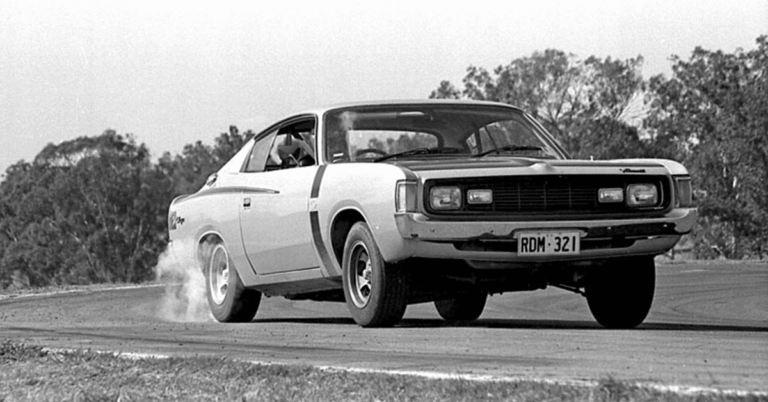Oscar Wilde famously said, “Imitation is the sincerest form of flattery.”
Indeed, a fascinating aspect about human behaviour is that no sooner has one person created something original, another immediately begins the competitive process to adapt or ‘borrow’ the idea and apply a slightly different aesthetic.
Consider the most fundamental elements of our daily lives and the implements we use, such as cutlery, furniture, tools, stationery and so on. And then think of how we can choose from thousands of differently styled versions of the same product, in most cases performing precisely the same function. Of course, the basis of evolution is building upon the work of our predecessors. As Isaac Newton humbly proffered, “If I have seen further, it is by standing on the shoulders of giants”.
In the car business, heritage is a big part of a brand identity, so it’s no surprise that designers will look for inspiration from the past when designing for the future. This is entirely valid because it is important to retain the essence of the brand values; owning distinctive styling cues is a valuable marketing asset, particularly in a crowded market.

Most car companies have also explored retro-themed models, particularly the established brands which have the rightful opportunity to capitalise on their popular models from the past, that later became cultural icons.
Retro-inspired cars gained popularity in the late 1980s in Japan with playful offerings like the Nissan S-cargo and Figaro. By the ’90s, the big American and European brands joined the craze. Chrysler revealed a series of daring concepts like the Plymouth Prowler, Chrysler Atlantic and Chronos.
The Prowler, a 1930s-style hot rod, actually made it to production but sadly, it was powered by an uncharacteristic V6 engine. The compact PT Cruiser was more successful with over 1.3 million sold.
But the real success stories for the big three American carmakers are the Ford Mustang, Chevy Camaro and Dodge Challenger. This ‘peas-in-a-pod’ trio follows the copybook formula of reviving the ‘Pony Car’ period of the mid-to-late 1960s.

The Mustang invented this segment in 1964 and is the only one of the three to have been in continuous production. Although, it too lost its way after the ’70s with some very forgettable offerings for decades.
The fifth-generation Mustang of 2005 echoed nostalgic cues from the original and things turned around. In 2006, Chevrolet revealed a Camaro Concept reminiscent of the first-generation 1967 model, and it too struck a chord with the public. The assignment to production-ise the design and engineering of the Camaro was granted to us at Holden, based on our VE Commodore ‘Zeta’ architecture.
European brands have also enjoyed tremendous success with retro styling. The obvious standouts are the Mini, Fiat 500 and VW Beetle. Although the new Beetle was first on the scene 1998, it was overshadowed by the others and is no longer in production. BMW has transformed the Mini into a trendy, standalone brand with clever marketing and customising options. Likewise, the loveable Fiat 500 continues to enjoy global popularity with over 2 million sales since its rebirth.

Interestingly, the common premise of the original cars was basic, entry-level transport for the mass population in Europe during the post-war years. Today, their reincarnations carry a premium status, based on timeless and endearing style.
I have often heard dismissive comments about retro-styling, labelling it as dated, lazy and opportunistic. This is certainly true in cases of shameless plagiarism. But as a card-carrying retro fan, I believe it has a legitimate place provided the new iteration evolves from the original DNA with a fresh interpretation, stimulated by modern sensibilities and new technologies.
Styling is an entirely subjective topic, so arguably there is no right or wrong. Moreover, it can be measured by good or bad execution. When executed well, retro pays homage to great designs of the past. A poor execution will suffer an uncomfortable death.
Richard Ferlazzo is the former GM Holden Design Director
We recommend
-
 Opinion
OpinionOpinion: The paradox of what creates a modern classic
Depending on the specification, some of the most unloved cars in terms of sales can become highly sought-after modern classics
-
 Opinion
OpinionOpinion: The importance of car interior design
Former GM Holden Design Director Richard Ferlazzo explains why interiors are extremely complex environments
-
 Features
FeaturesOpinion: What was Australia’s car design golden age?
Former GM design boss considers the ‘glory days’ of Aussie automotive design





